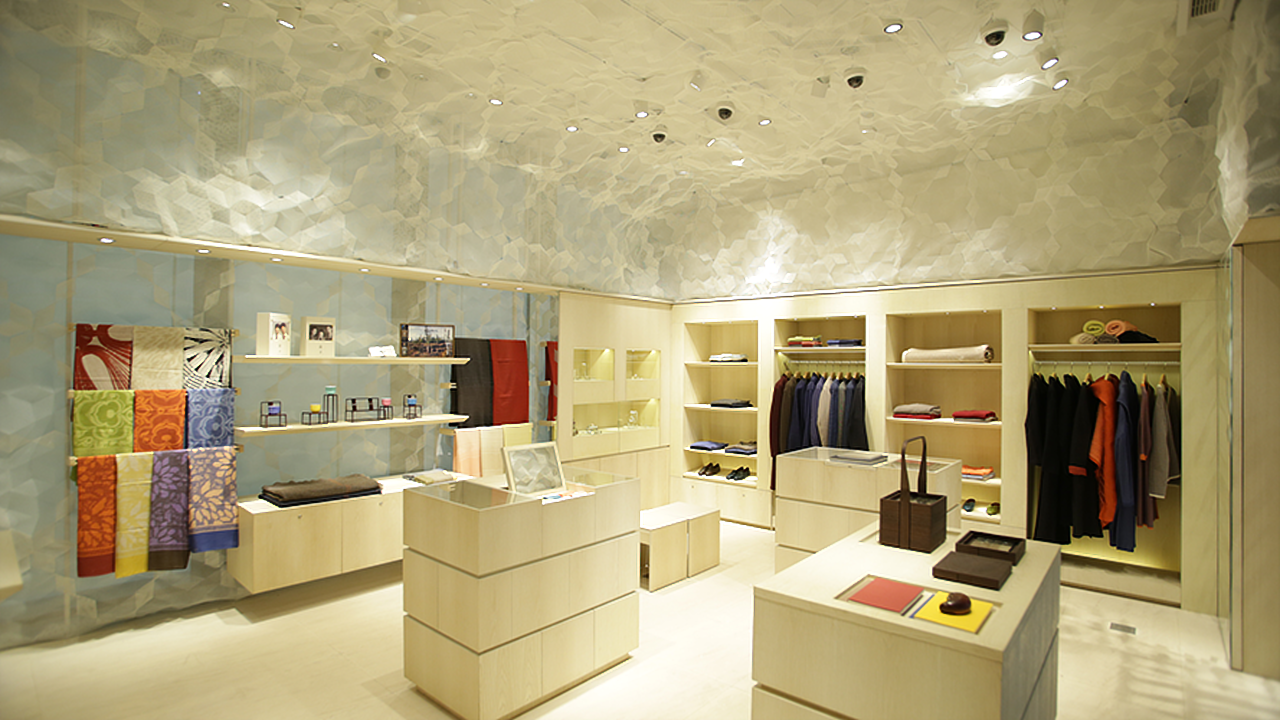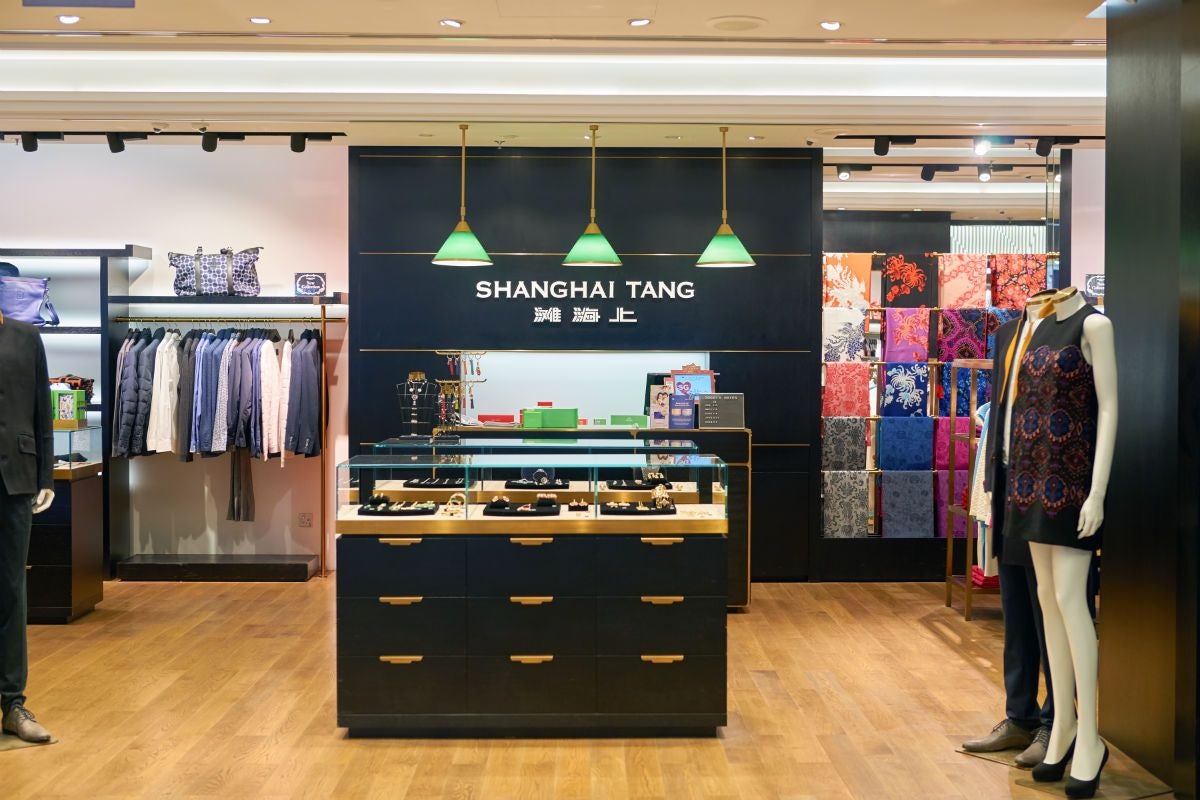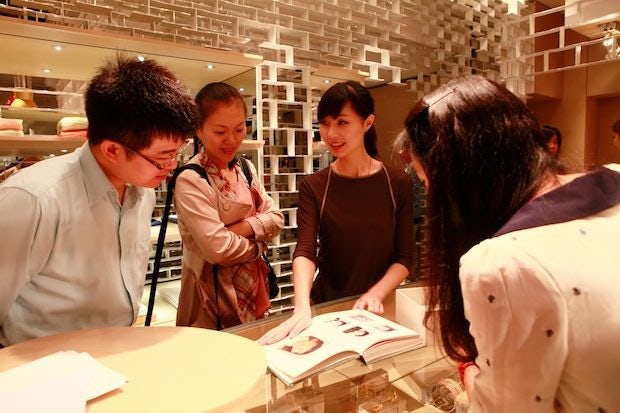What went wrong with the union of Richemont and Shanghai Tang?#
The Swiss luxury conglomerate Richemont Group has sold the Hong Kong-based luxury brand Shanghai Tang to the Italian investor Alessandro Bastagli and private equity fund Cassia Investments Ltd on July 3, ending its 19-year partnership with the first Chinese luxury brand.
Since its inception in 1994, Shanghai Tang has positioned itself as an international brand that offers its global clientele upscale, high-end goods with an innovative "Chinese touch." One such item is the qipao, or traditional body-hugging Chinese dress popular among Shanghai's socialites in the 1920s.
Besides clothing, the company offers a wide range of products from accessories to home furnishings, and has won over a number of Asian markets.
In 1998, Richemont Group took a controlling stake in the company, and did a full takeover in 2008, which coincided with the taking off of the luxury market in China. Shanghai Tang's unique positioning helped Richemont Group move into that market.
The success of the brand in Asia, however, did not translate into a win in major Western markets.
"Shanghai Tang's brand performance is barely satisfactory since the acquisition," said Vinchy Chan, the Luxury Consultant at Brand Finance, "which I think is the main reason for this divorce."
In 2013 , Shanghai Tang's executive chairman Raphael le Masne de Chermont told the Business of Fashion that the brand's top consumers were from mainland China, while Asians "as a whole" represented 51 percent of the consumer base.
The fundamental design concept unfortunately didn't resonate with the rising Chinese millennial consumers who, in recent years, have shown that they clearly prefer Western luxury brands.
"Shanghai Tang is immaterial in the broader CFR portfolio," said Luca Solca, the head of luxury goods at Exane BNP Paribas. "It ended up being a distraction, while the business has been going nowhere."
LVMH also ditched the upscale Chinese spirit label Wenjun this year#
Richemont is not the first Western luxury group that has started to sell off brands with strong connections to traditional Chinese culture. This past January, the French luxury group LVMH's wine and spirits business line Moët Hennessy took a similar move when it disposed of Wenjun Distillery, a Chinese premium white spirit company that has a rich history dating back to the ancient Han Dynasty.
LVMH first acquired a 55-percent of stake in Wenjun Distillery in May 2007 from Jiannanchun, according to the official statement by LVMH. Many market analysts saw the investment as a smart move by LVMH to take advantage of China's emerging upper middle class given the popularity of white spirit consumption then.
However, high-end wine and spirit consumption has been hit hard by the anti-corruption campaign launched by the Chinese President Xi Jinping in 2013. Wenjun has had very poor market performance in recent years, which made divestiture a logical step for LVMH.
Will Hermès-backed Shang Xia be the next one?#
The sales of Shanghai Tang and Wenjun further spark concern over other similar collaborations between Western and Chinese businesses including Hermès and high-end luxury lifestyle and furnishings brand Shang Xia.
Shang Xia was co-founded by Hermès International and the Chinese designer Jiang Qiong Er back in 2008. The fundamental design concept of Shang Xia is inspired strongly by the ancient and modern Chinese aesthetics and culture.
Positioning itself as a kind of "slow luxury," Hermès' global CEO Patrick Thomas is not rushing to see profits coming from Shang Xia. According to an interview with the Wall Street Journal in 2014, Thomas expected the costs and benefits of the brand to break even in 2016, which was eight years after its foundation.
Even though the patience is much appreciated, Hermès still cannot afford to ignore one question, which is whether the Chinese luxury buyers will someday arrive at a point when they are fond of paying big on a Qing dynasty-inspired wooden chair or bamboo woven bags. Currently, these products are more favored by a group of niche customers who have strong interests in Chinese traditional culture.
"I think for Shang Xia is a little bit different," said Vinchy Chan, the Luxury Consultant at the Brand Finance. "They don't really have a rich brand heritage. I can see they are successfully leveraging the bond with Hermes to build the luxury brand image. Brand positioning is unique, but they need to invest in building up their brand awareness."
However, Chan also recognizes that "Being niche is a double-edged sword. It's easy to create a brand premium in terms of price, but this also limits your reach to consumers."
In May of this year, Shang Xia launched a store on Alibaba's Tmall platform, officially breaking into the e-commerce market and attempting to reach out to a wider consumer group. The move got varied reception from the market with some experts calling the move a signal that Hermès is not happy with the brand's performance. But there is little doubt that Shang Xia is now expected to capture the mass market, which is an unclear path for a niche brand.


